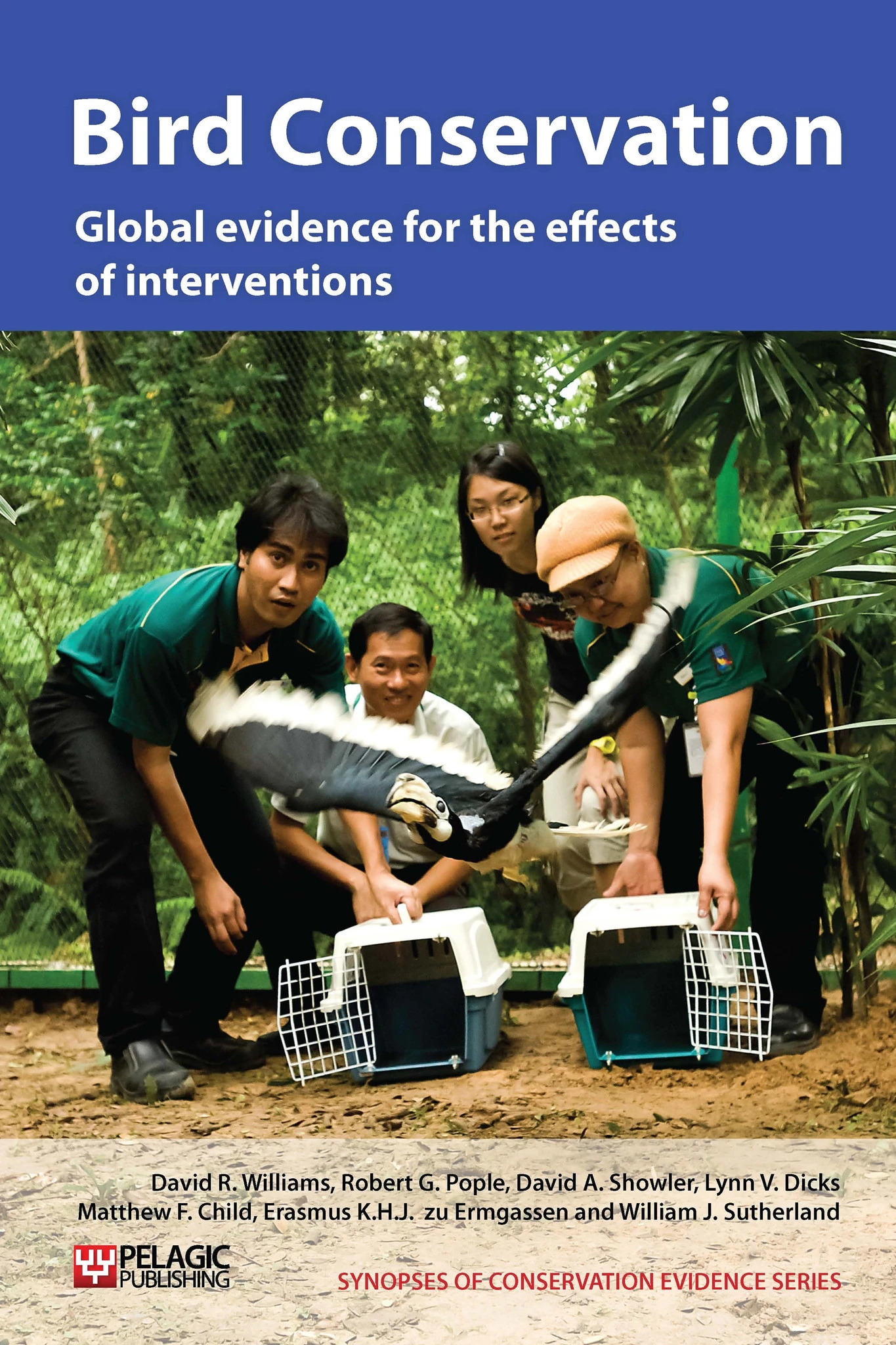Artificially incubate and hand-rear wildfowl in captivity
-
Overall effectiveness category Unknown effectiveness (limited evidence)
-
Number of studies: 3
View assessment score
Hide assessment score
How is the evidence assessed?
-
Effectiveness
50% -
Certainty
20% -
Harms
10%
Study locations
Supporting evidence from individual studies
A replicated study in 1964-1965 in two sites in British Columbia, Canada (Crouch & Crouch 1966) found that bufflehead Bucephala albeola eggs can safely be transported and hatched within a portable incubator. In 1964, 11 of 12 eggs transported in the incubator hatched. In 1965, nine of 14 eggs hatched. Egg collections each year were treated similarly (all eggs partially incubated on the nests) and were in transit for 10 hours (across 300 miles) before they were set under bantam hens for final incubation. The temperature varied only 0.3oc and was constant most of the time. The custom-designed incubator consisted of three main elements: the plywood housing, the electrical heating element, and the thermo-switch. A small glass window was installed in the centre of the upper door to observe the eggs and temperature without opening the door.
Study and other actions testedA replicated study in Kashmir, India (Qadri 2987), found that 25 of 30 bar-headed geese Anser indicus eggs transported from the UK to India were successfully raised to independence. One egg failed to hatch and four goslings died (two from choking and two from the disease afflotoxicosin). Eggs were incubated under foster parents and turned twice a day. Chicks were fed on ‘chick crumbs’ at first and then a mix of maize, wheat, soybean, fishmeal and supplements. Eleven goslings were released into a wetland reserve in Kashmir.
Study and other actions testedA replicated, controlled ex situ study in western England in 1990 (Marshall & Black 1992) found that Hawaiian geese (nene) Branta sandvicensis raised by parents were more dominant, more vigilant, more wary of a potential predator (a domestic dog Canis familiaris) and integrated into the adult flock sooner than goslings raised with limited or no contact with adults. Gosling growth rate and final body size were not affected by rearing regime. A total of 42 goslings were tested: 12 were reared in an outdoor pen adjacent to a pen with a pair of adult geese, allowing interaction from 16-30 days after hatching; eleven chicks reared in a large outdoor pen with no adults present; nine chicks were raised in three groups, in sight of adults for the first 14 days after hatching; ten chicks in four groups were reared by parents in either a large pen with 90 other geese, or a small pen with just the family present.
Study and other actions tested
Where has this evidence come from?
List of journals searched by synopsis
All the journals searched for all synopses
This Action forms part of the Action Synopsis:
Bird Conservation
Bird Conservation - Published 2013
Bird Synopsis





)_2023.JPG)














